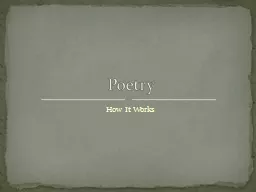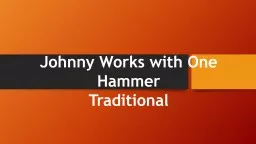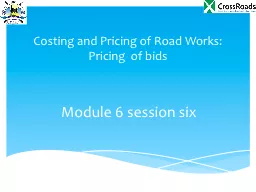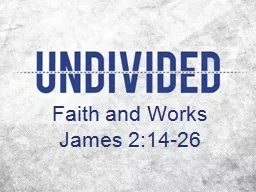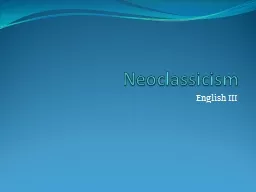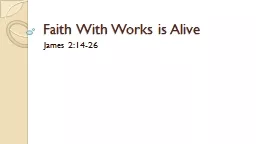PPT-How It Works
Author : test | Published Date : 2016-05-05
Poetry Poetry is with us from our earliest days from infancy and first utterances Only as we grow do we make connections between objects and those around us and
Presentation Embed Code
Download Presentation
Download Presentation The PPT/PDF document "How It Works" is the property of its rightful owner. Permission is granted to download and print the materials on this website for personal, non-commercial use only, and to display it on your personal computer provided you do not modify the materials and that you retain all copyright notices contained in the materials. By downloading content from our website, you accept the terms of this agreement.
How It Works: Transcript
Download Rules Of Document
"How It Works"The content belongs to its owner. You may download and print it for personal use, without modification, and keep all copyright notices. By downloading, you agree to these terms.
Related Documents

